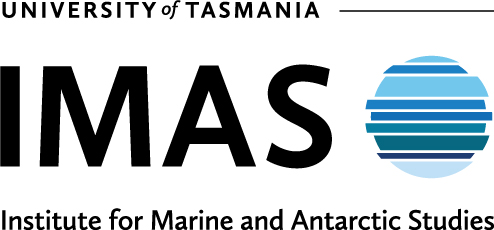Catch Only Approach
In addition to analysing temporal and spatial trends in catch and effort data, we utilised a “catch-only” approach to estimate the status of the Tasmanian Pale Octopus stock – “CMSY”Y” (Martell and Froese 2013, Froese et al. 2017). CMSY has been consistently applied to data from multiple commercial stocks within Australia (Haddon et al. 2019, Piddocke et al. 2021), including the Tasmanian Pale Octopus stock for the 2020/21 Tasmanian Octopus Assessment (Fraser et al. 2022). CMSY can be used to estimate stock depletion and the maximum sustainable yield (MSY) from trends in catch data, and was implemented for the TOF using the R-package “datalimited2” (Free 2018).
CMSY is a model-assisted stock assessment approach suitable for data-poor conditions. The approach relies on the Schaefer production model, which assumes that the biomass delivering MSY is equal to 50% of the unfished biomass and uses a Monte-Carlo based form of stock reduction analysis to estimate management reference points according to the assumed resilience of the target species and a time series of catch records. In the absence of empirical data on intrinsic population growth rates (r) but considering both a short life span (up to 1.5 years) and reproductive behaviour (active brooding of a relatively small number of eggs (~450 – 800)), the CMSY approach was run by assuming that the resilience of Pale Octopus is likely to be “medium” (r = 0.2–0.8). In agreement with the precautionary principle, confidence intervals of CMSY outputs are generally taken into account when making management decisions.
CMSY simulations were run based on regional subsets of the TOF data, which represented those chosen for the 50-pot sampling programme (see Fishing Regions). However, some regions could not be meaningfully analysed given that they have not been consistently fished in the past. Recent shifts in the distribution of fishing effort and catch to the King Island East region, for example, meant that catch data from both this region and the entire fishery were not suitable for CMSY simulations. Therefore, results are presented for the Stanley, Flinders Island West, and Flinders Island East regions only.



